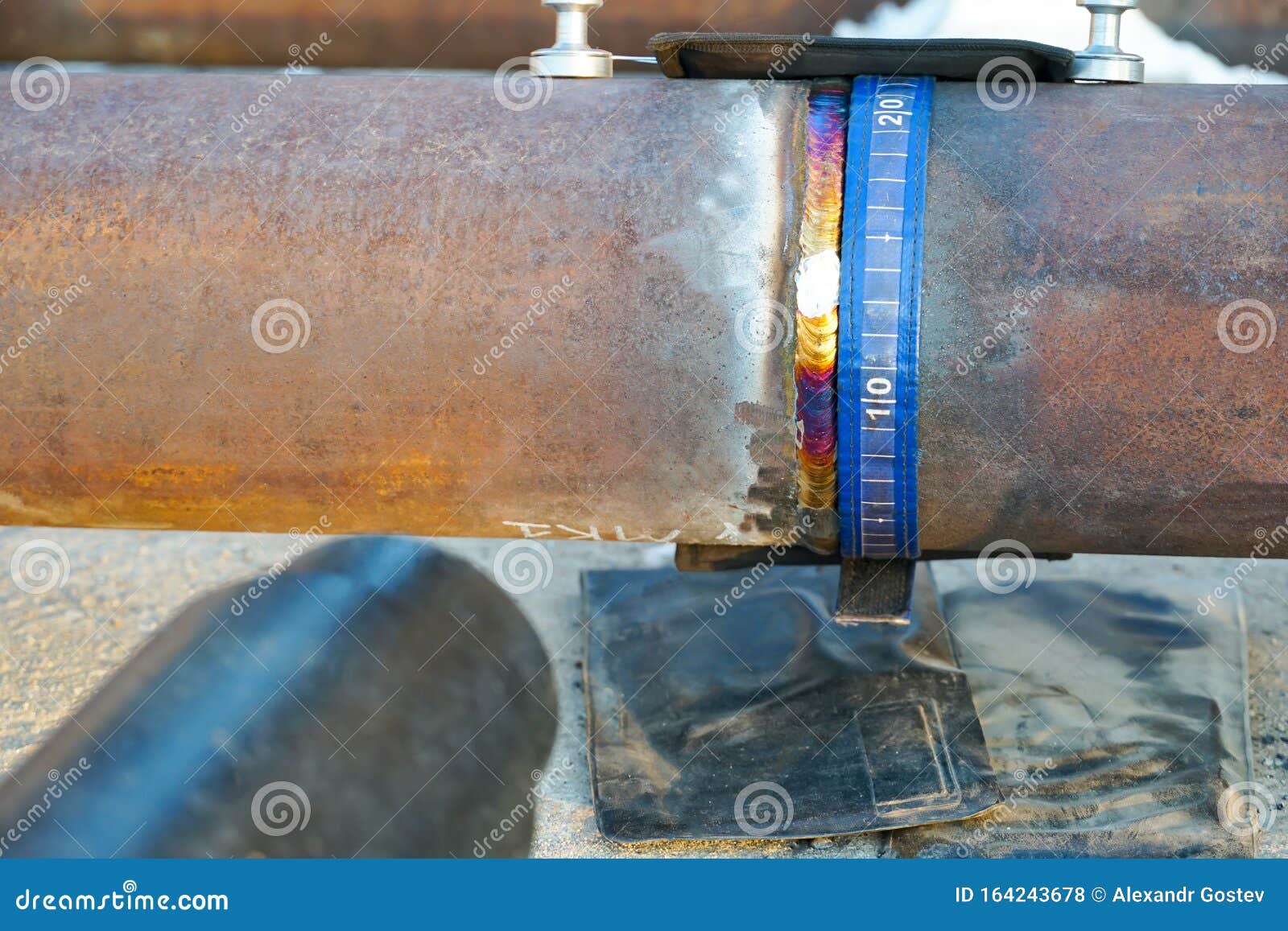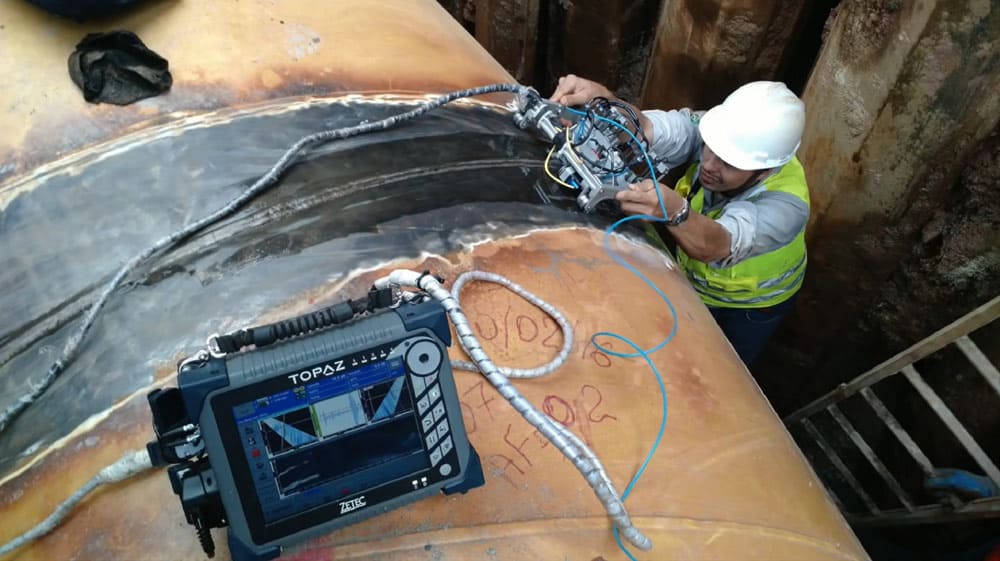
Best Practices for Pipeline Welding Inspection: Strategies, Standards, and Treatments to Achieve Quality Control and Compliance
Efficient pipeline welding inspection is crucial for making certain the honesty and safety and security of vital facilities. By using a combination of methods such as aesthetic evaluation and progressed non-destructive testing methods, together with adherence to established industry standards like those from ASME and AWS, companies can significantly improve their high quality guarantee processes. Nonetheless, the execution of these ideal techniques positions numerous obstacles that warrant mindful consideration. Understanding the intricacies included in each stage of assessment is vital to attaining conformity and integrity in pipeline systems. What particular approaches can be employed to navigate these challenges successfully?
Importance of Welding Examination
The stability of bonded joints is critical in making sure the security and integrity of pipeline systems. Correct welding techniques and comprehensive examination processes are critical to stop failures that can bring about devastating events, environmental damage, and death. Pipeline Welding Inspection. Welding evaluation serves as a safety net, recognizing problems such as cracks, porosity, and incomplete combination prior to they rise right into severe concerns
Furthermore, pipe systems frequently run under high stress and severe conditions, making the quality of welds much more crucial. Governing compliance is another significant facet, as various criteria dictate the quality control procedures that must be stuck to in pipe building and maintenance. Failing to abide can result in legal ramifications and monetary losses.

The function of welding assessment extends past simple verification of workmanship; it includes the guarantee of long-term operational integrity. This entails a methodical approach that consists of not only visual assessments yet additionally progressed non-destructive screening approaches. Ultimately, effective welding inspection is an investment in the durability and safety of pipeline systems, guaranteeing they operate as intended while reducing dangers connected with material shortages.
Trick Assessment Strategies

Aesthetic assessment, usually the first line of protection, allows for the recognition of surface area flaws such as fractures, undercuts, and porosity. Ultrasonic screening utilizes high-frequency sound waves to find internal defects, providing a complete analysis of weld stability. This non-destructive method is specifically efficient for identifying stoppages that may not be noticeable on the surface area.
Radiographic testing entails using X-rays or gamma rays to generate photos of the welded joint, revealing interior issues. This method supplies detailed understandings however may need customized devices and safety and security considerations. Lastly, magnetic particle screening works for finding surface and near-surface stoppages in ferromagnetic materials, utilizing electromagnetic fields and fine iron bits.
Market Standards and Regulations
Conformity with sector standards and regulations is vital for ensuring the top quality and safety of pipe welding inspections. These standards give a structure for ideal methods in welding processes, materials, and evaluation strategies, enabling companies to reduce flaws and boost the stability of pipeline systems. Trick bodies such as the American Culture of Mechanical Engineers (ASME), the American Welding Culture (AWS), and the International Organization for Standardization (ISO) state standards that are commonly identified and embraced within the market.
In the United States, policies from the Pipeline and Hazardous Products Safety And Security Administration (PHMSA) govern the safety of pipeline operations, mandating extensive examination procedures. These standards not only serve to secure public safety and security and the setting but likewise ensure useful site compliance with legal and legal responsibilities. Adherence to the appropriate codes, such as ASME B31.3 for process piping, is vital for keeping operational performance and regulative conformity.
Moreover, continual updates and modifications to these standards show technical developments and evolving sector practices, stressing the need for organizations to remain enlightened and train personnel accordingly. Ultimately, robust compliance with recognized requirements cultivates trust fund and integrity in pipe facilities, securing both properties and stakeholders.
Effective Evaluation Procedures
Reliable assessment treatments are essential for identifying prospective defects in pipe welds and ensuring the total integrity of the system. A systematic approach to assessment incorporates a number of key phases, including pre-weld, in-process, and post-weld assessments. Each stage plays an important duty in maintaining top quality assurance.
During pre-weld assessment, it is vital to examine the materials and joint setups, making sure conformity with task specifications. In-process assessments include monitoring welding methods and parameters, such as heat input and take a trip rate, to avoid flaws from happening. This stage permits real-time adjustments to welding practices.
Post-weld examinations consist of non-destructive testing (NDT) methods like radiography, ultrasonic screening, and magnetic fragment testing. These techniques assist spot inner and surface defects that could jeopardize the pipeline's performance. Documents of all evaluation activities is paramount, supplying a deducible record that sustains conformity with market criteria.
Training and qualification of inspection personnel additionally enhance the performance of these treatments. By adhering to an organized examination procedure, companies can minimize threats, make certain conformity, and eventually deliver pipes that meet strict safety and security and performance requirements.
Typical Challenges and Solutions
Pipeline welding examination presents several typical obstacles that can influence the top quality and safety and security of the final product. One considerable obstacle is the variability in welding techniques and materials, advice which can result in inconsistent weld quality. To address this, it is important to develop standard procedures and training for welders, making sure a consistent method across jobs.

Ecological factors, including temperature and moisture, can likewise impact the welding process, possibly resulting in fractures or incomplete fusion. Applying regulated atmospheres and sticking to pre-weld treatments can mitigate these threats.
Final Thought
Finally, the execution of finest practices for pipe welding assessment is necessary for ensuring high quality assurance and conformity with market criteria. A detailed technique, including different strategies such as aesthetic, ultrasonic, and radiographic screening, assists in the recognition of flaws throughout all phases of the welding procedure. Pipeline Welding Inspection. Adherence to developed guidelines and effective evaluation treatments not just boosts the dependability and security of pipeline systems but likewise alleviates risks related to welding flaws, thereby promoting total functional integrity
Compliance with sector requirements and laws is crucial for guaranteeing the top quality and safety of pipeline welding evaluations. These criteria offer a framework for ideal practices in welding processes, products, and examination techniques, enabling organizations to decrease defects and enhance the integrity of pipe systems.In Clicking Here the United States, guidelines from the Pipeline and Hazardous Products Security Administration (PHMSA) regulate the safety of pipeline operations, mandating rigorous evaluation methods. A methodical approach to inspection incorporates several crucial stages, including pre-weld, in-process, and post-weld examinations.In verdict, the implementation of best techniques for pipe welding inspection is crucial for ensuring top quality guarantee and compliance with industry requirements.